Strosek’s subtle styling, exhaust growl will resonate among the cognoscenti
Contemporary review originally published in Autoweek December 2, 1991
It is, Fred Opert opines, what Porsche should have done when it revised the 911 for 1990. “It” being a restyle like the one German designer Vittorio Strosek is marketing in America through Fred Opert Racing. It’s hardly a radical modification, with most changes below the beltline and so subtle that the uninitiated won’t see the difference. Even those who know Porsches will need a double-take.
The 43-year old Strosek—who worked for designer Luigi Colani for a year before forming the Studio Automobil in 1972 and then Strosek Auto Design (in Utting Ammersee, Germany) in 1982—flares the front and rear fenders in fiberglass, smoothly blending the grafts into the steel body. The flares extend along the rocker panels, the front meeting the rear under each door.
Rather than an “aero” running board, the fiberglass hides the seams on the rocker panels and in front of the rear wheels. The flares are no wider than the 911 Turbo’s but rounder and softer in form. open tuner cliche. Strosek adds ducts just ahead of the rear wheels for additional brake and engine cooling. The stock headlamp mounting is retained—Strosek doesn’t do the slant-nose conversion that’s become a Porsche-tuner cliche.
The guts of the standard bumpers are retained under the bumper caps, fiberglass instead of the soft plastic of the stock model. The front bumper extends lower, for a spoiler effect, and instead of the double-slotted “grille,” the Strosek bumper has a pair of “scoops” molded in. The rear bumper is rounder and protrudes less. Strosek keeps the stock tail lights. Incidentally, because the bumper caps blend into the fender flares, it’s impossible to get one without the other. Available individually but part of the complete Strosek package are replacement side mirrors that are more integrated and stand out less than the stock mirrors but retain the adjusters.
Also part of the true Strosek Carrera are 17×9-inch front and 17×10-inch rear O.Z. 3-piece racing wheels mounted with 265/40 ZR-17 and 235/45 ZR- 17 Goodyear Eagles, respectively. Strosek also has his own suspension package with shorter, stiffer springs (lowering the car about 1.5 inches) and modified gas- charged struts and gas shocks specially made for Strosek by H&R. Strosek also provides a stainless-steel exhaust system that adds 10 horsepowerto the 2478 already on board. And because Strosek Porsches are custom made, interiors and accessories are left up to a buyers whim.
Be that as it may, is the modified Carrera (2 or 4, Cabrio or target—and even the Turbo can be Strosek- ized) worth the $29,964 over and above the basic $65,688 you pay for the least expensive 911 (a Carrera 2 coupe), after adding a few amenities such as radio with CD player, rear window iper and destination charges? The basic 911 is certainly interesting, with enough character—or some would say character flaws—for anyone, and more than sufficient performance for most.
The difference between standard and Strosek Porsches is more than visual. Behind the wheel of a Strosek Carrera 4 there’s little but the mirrors, and the rear flares you can see through, to tell you it’s anything but a standard Porsche—until you fire it up. If the standard Porsche exhaust pipe is a subway tunnel, then Strosek’s tube has room for high-cube box cars. And while the standard exhaust hints there’s something mane inside, it’s not very happy and is trying to get out, then the Strosek exhaust is the key for escape. Without a doubt, the Strosek pipe (installed downstream of the catalyst) is louder, with windows up or down. Weather Opert’s claims that the pipe makes the engine feel more free-breathing is subject to question, but it certainly sounds faster. The tradeoff is that sound never goes away, not even at sterady cruising speed.
The suspension and tires combine for both positive and negative affects, too. The Strosek coners flatter that a pool table in Illinois and you’ll have to violate at least three or four statutes to find its limits on the public road. With that level of handling, Opert claims the Strosek Carrera 2 is faster than a stock Carrera 4 on the track. The down side is that the already firm Porsche suspension becomes harsh over rough pavent and even more irritating over expansion joints. The Strosek suspension is still sufficiently supple to sustain its grasp on at least semi-nasty road surfaces.
And louder exhaust and stiff suspension are tolerable, however. Anyway, very few Strosek Porsches will be used for serious cross- country driving in the states. Then there’s always the option of a new S-class Mercedes.
But if yours is the sort of neighborhood where you can’t pick your Porsche out of the crowd without a rubber ball on the radio aerial (a trick now, since Porsche hides the antenna in the windshield) and you have $30K your investment advisor doesn’t know what to do with, by all means, by a Strosek. Opert has sold a dozen in the U.S. in the past two years—about a quarter-of-a-car per state—so you probably won’t park next to yourself at the 7-Eleven.





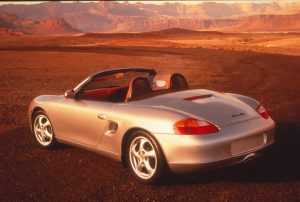
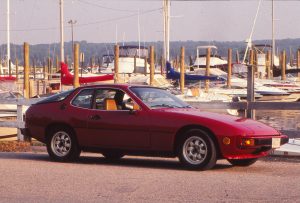
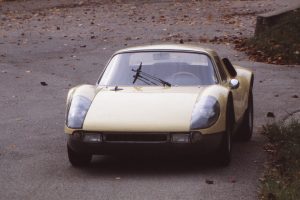

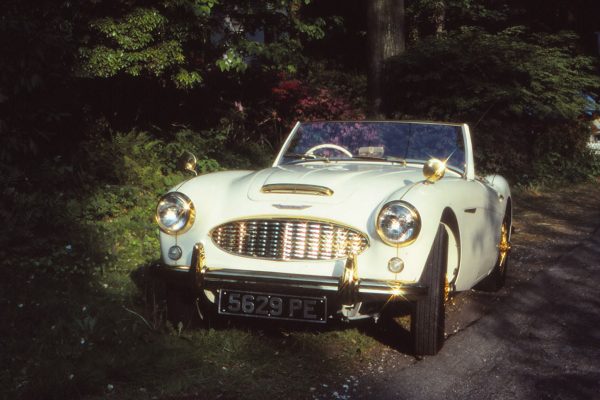

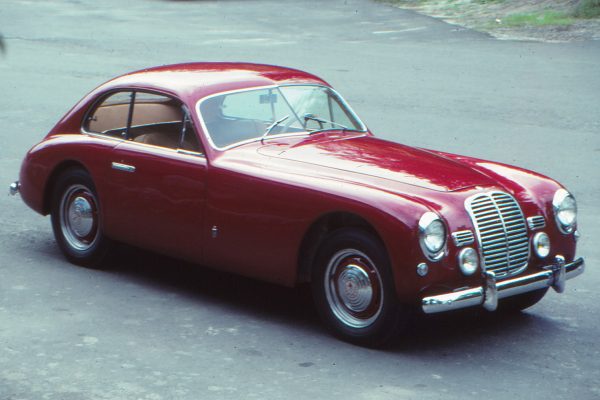
What Do You Think?
You must be logged in to post a comment.